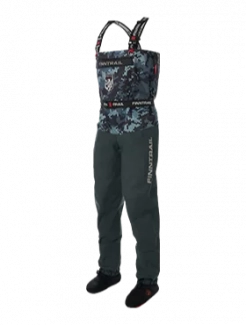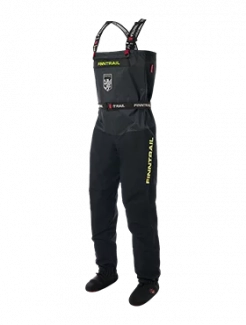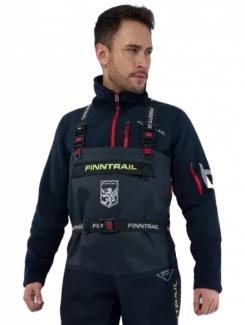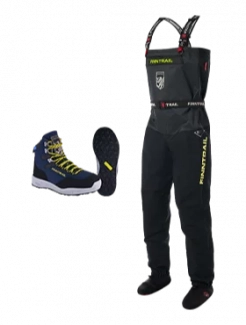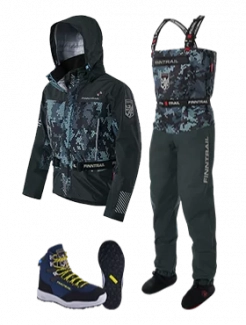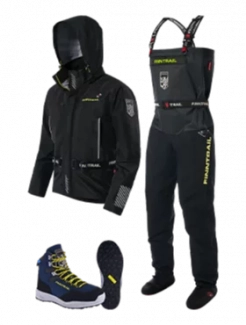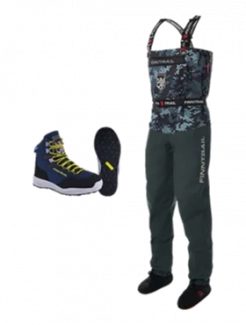How to Choose an Aftermarket CVT Belt
Your ATV’s CVT (continuous variable transmission) belt is one of the most common things you’ll need to replace. A CVT belt will require replacement from wear-and-tear from time to time, and this is by design. The CVT belt will begin slipping before more expensive CVT parts, such as the drive pulleys, require replacing. This means you only have to replace your CVT belt from time to time rather than replacing a pricier part.
How Long Do ATV Drive Belts Last?
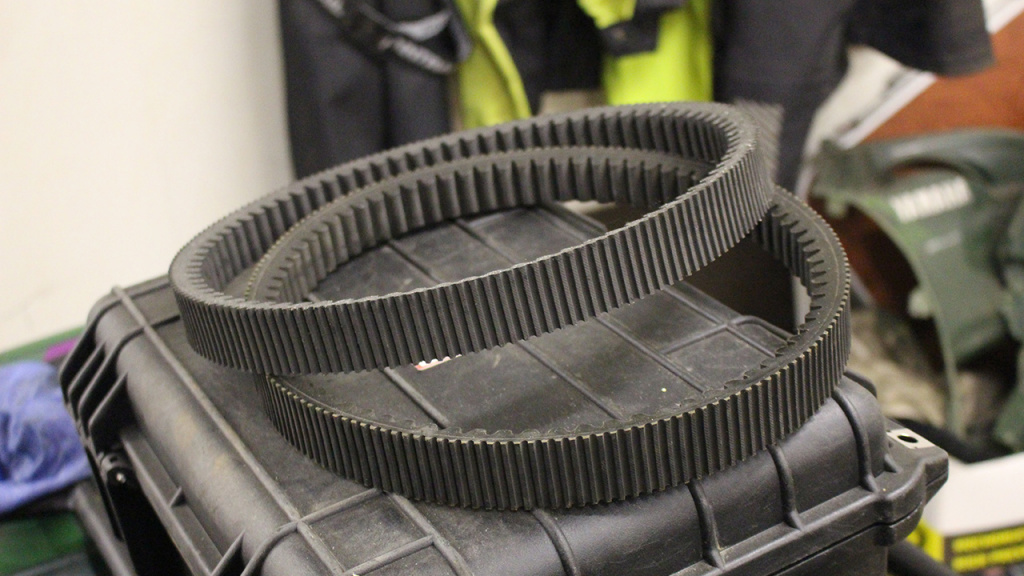
It’s generally considered that an ATV will lose around 1 horsepower for every 500 miles ridden purely down to CVT belt wear-and-tear. No matter how you ride your ATV, the CVT belt will require replacement every few years. If you’re an aggressive rider, you may need to replace your CVT belt annually. And for competitive use, it is advised to replace the CVT belt every few races.
CVT belts take a beating from high-rev and high-gear usage, particularly if you’re stuck in mud or sand. Dirt and grime can be a factor, too. Not only does a dirty CVT belt slip more often, if grit becomes embedded in the CVT belt it can cause the clutch sheaves to get cut, making for a much more expensive problem to fix.
Original CVT belts vs. Aftermarket belts
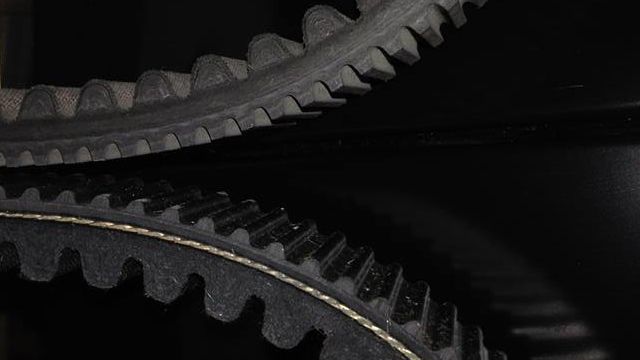
The original CVT belts supplied on most ATVs are not designed for high-performance use. Stock belts are aimed at recreational and casual use. If you get an original equipment (OES) replacement, you’ll be getting a replacement that, again, is only aimed at casual riding and will wear out faster when you ride your ATV hard.

Aftermarket CVT belts are often designed to exceed the specifications of these original CVT belts. This means that thanks to their high-performance compounds, you can ride your ATV harder and in more challenging environments without worrying so much about the lifespan of your CVT belt.
Heavy-duty CVT drive belts

Aftermarket CVT belts labeled as heavy-duty are a good choice for more heat resistance and flexibility. Makes from fiber blends and Aramid compounds, these drive belts feature an improved cog design that’s designed to grip better.
Heavy-duty drive belts become a virtual requirement when you begin modding your quad. Adding bigger tires, lift kits, clutch kits, engine upgrades, and weight all put more strain on the weakest link – the CVT belt. If you modify your ATV in any significant way, a high-performance aftermarket CVT belt will be a good choice.
Extreme-duty CVT drive belts
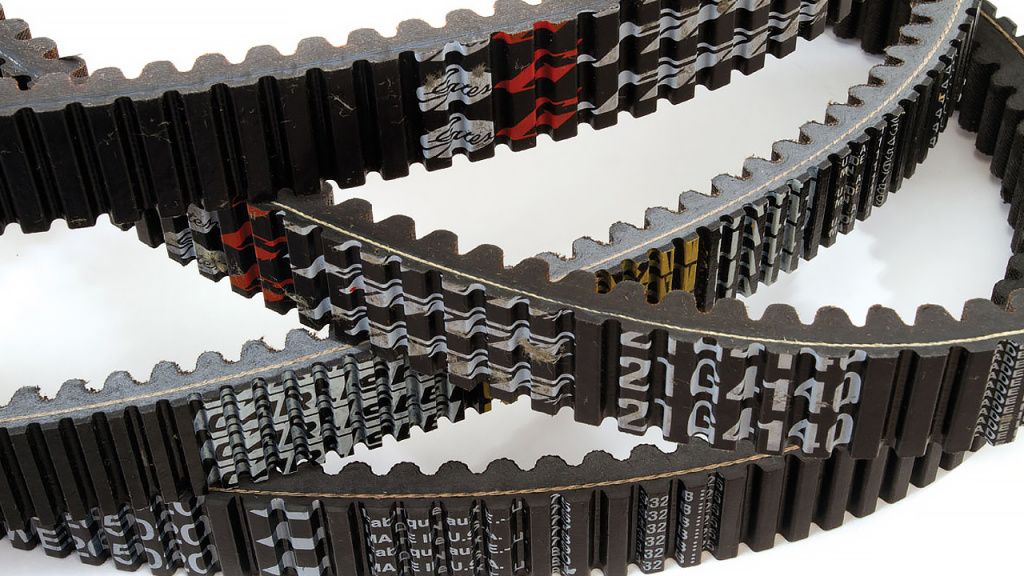
Push things even further, and you may want an extreme-duty CVT belt. These more expensive offerings have heat-resistant fibers and high-tensive cordage. As long as you break in your CVT drive belt correctly, you can trust an extreme-duty CVT drive belt to see you through the toughest challenges, even competitive off-roading, and rock crawling. Extreme-duty CVT belt drives will be the right choice if you like to get your ATV neck-deep in bogs, too.
Consider buying "built to last a lifetime" waders for even better performance and safety.
Installing your aftermarket CVT belt
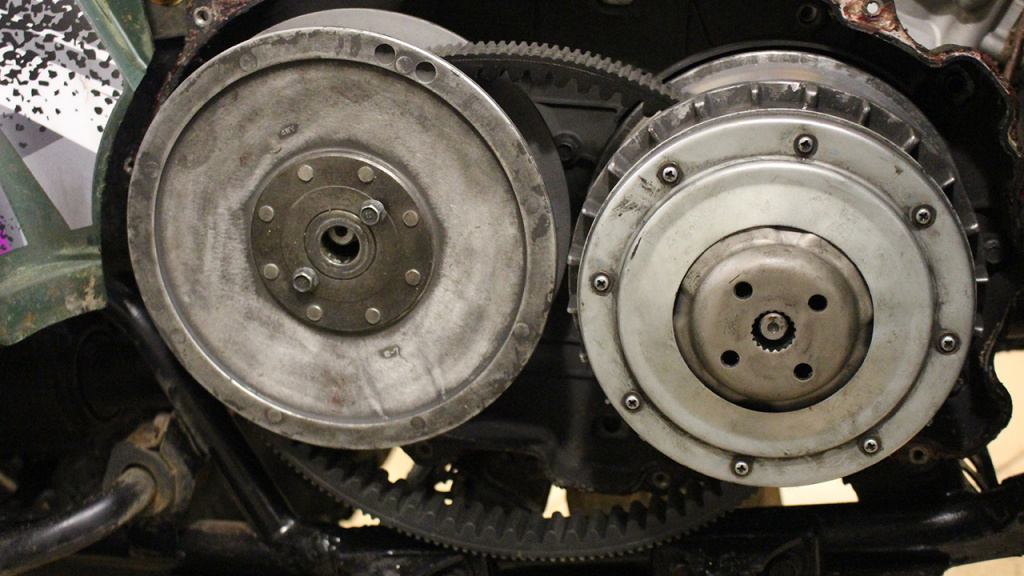
Keeping your CVT clean is important to the lifespan of all parts. Check the clutch faces for built-up rubber and sand it off if required. Wipe the system clean, but don’t use any solvent or harsh chemicals.
When it's time to change your belt, take note of the direction it came off your machine as the new CVT belt will need to be installed in the same direction. When installing the new CVT belt, don’t stretch the belt over the pulleys or twist the belt. This can break dome some of the fibers in the belt, weakening it.
Once installed, ride your ATV in low gear and at low revs for the first 20 or so miles. The CVT belt needs time to marry well into your CVT, and this is best done at low temperatures.

